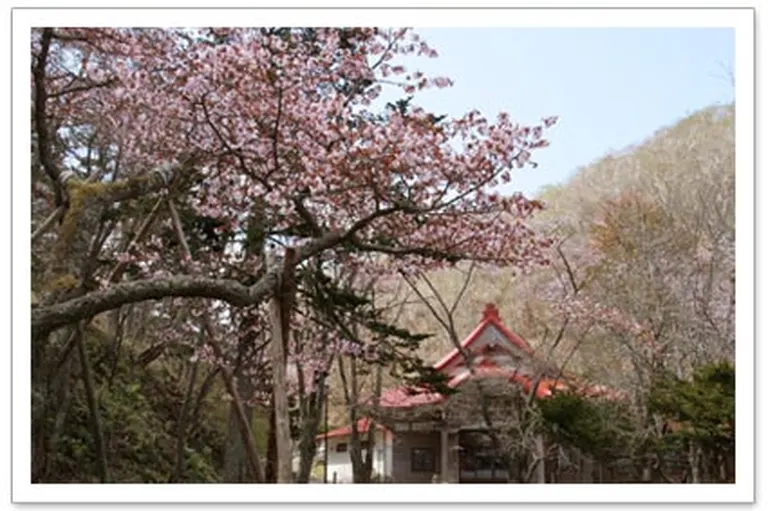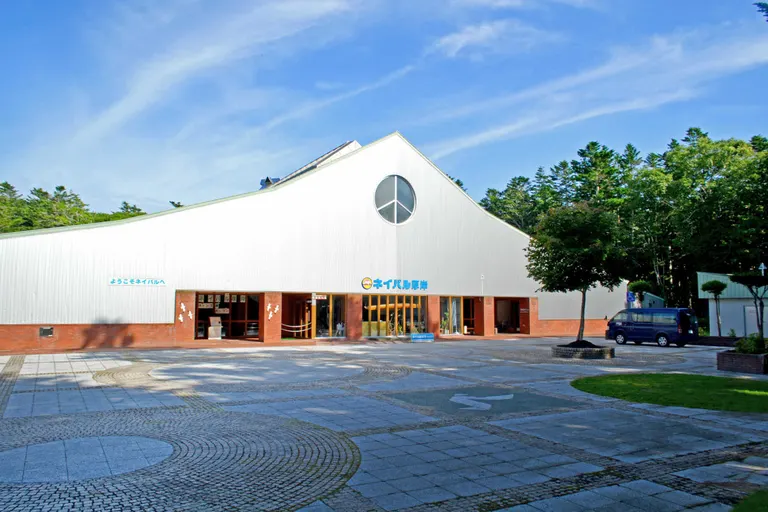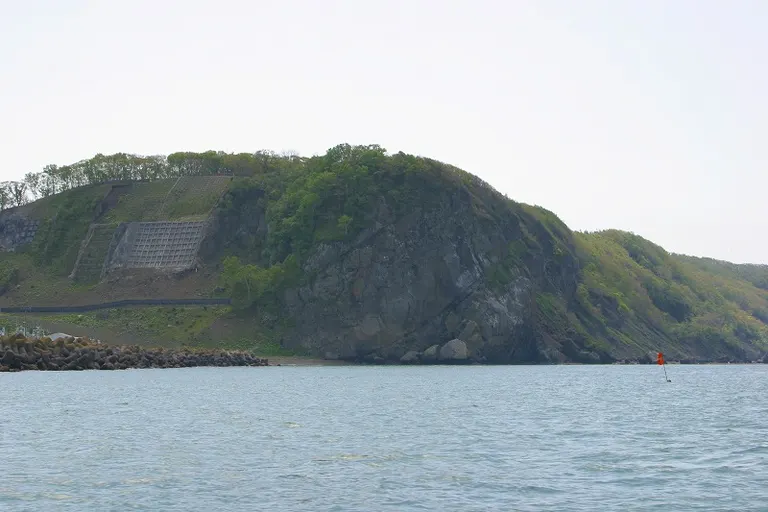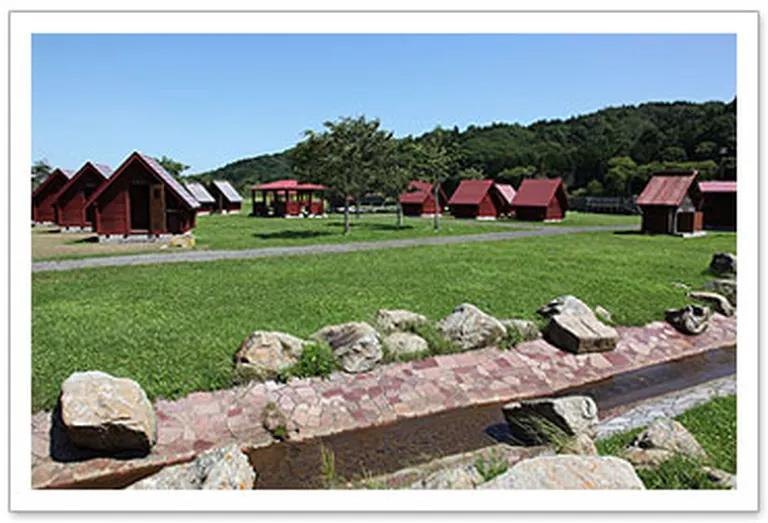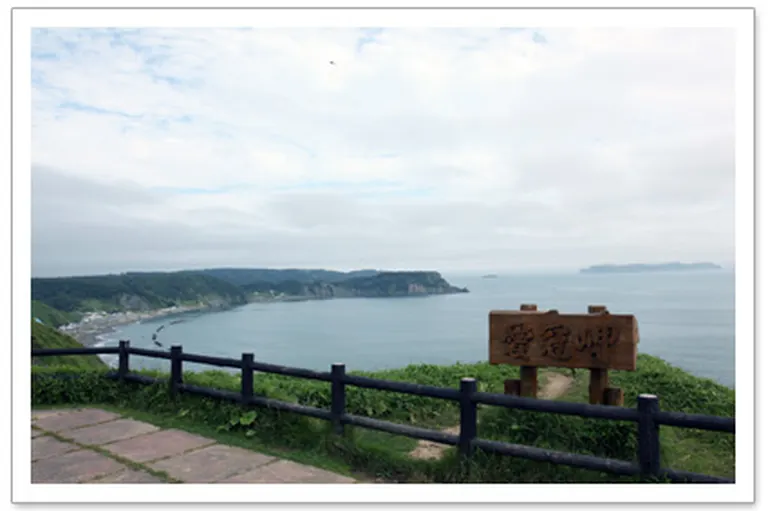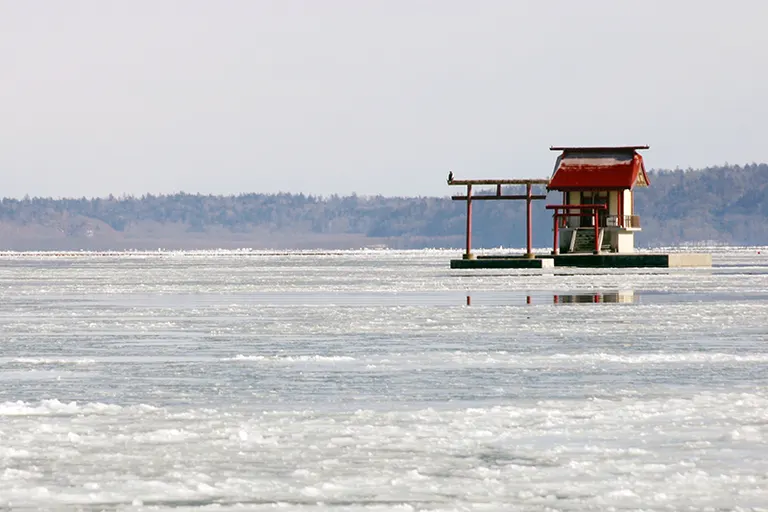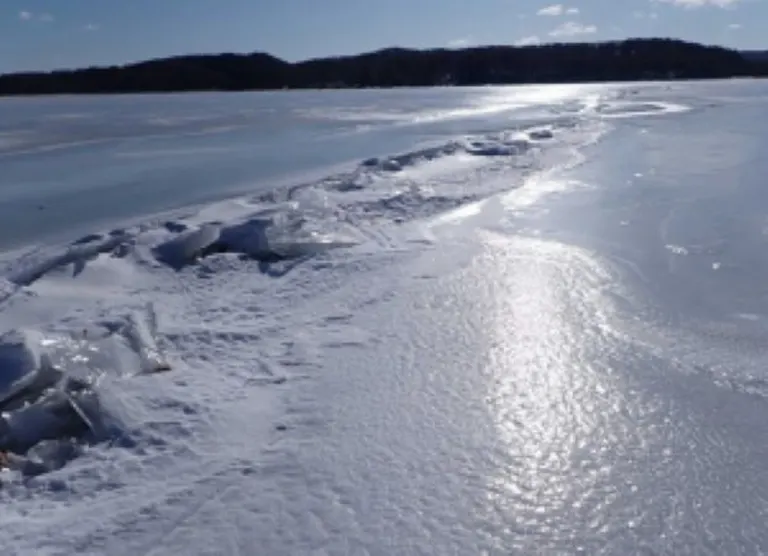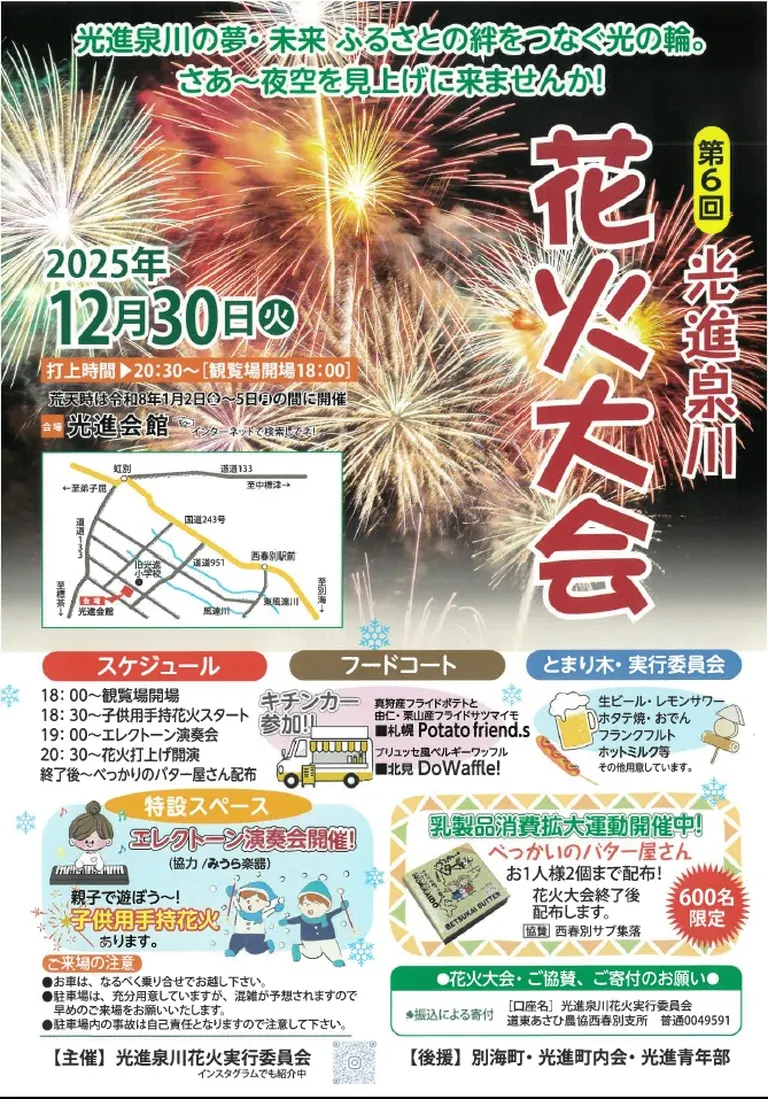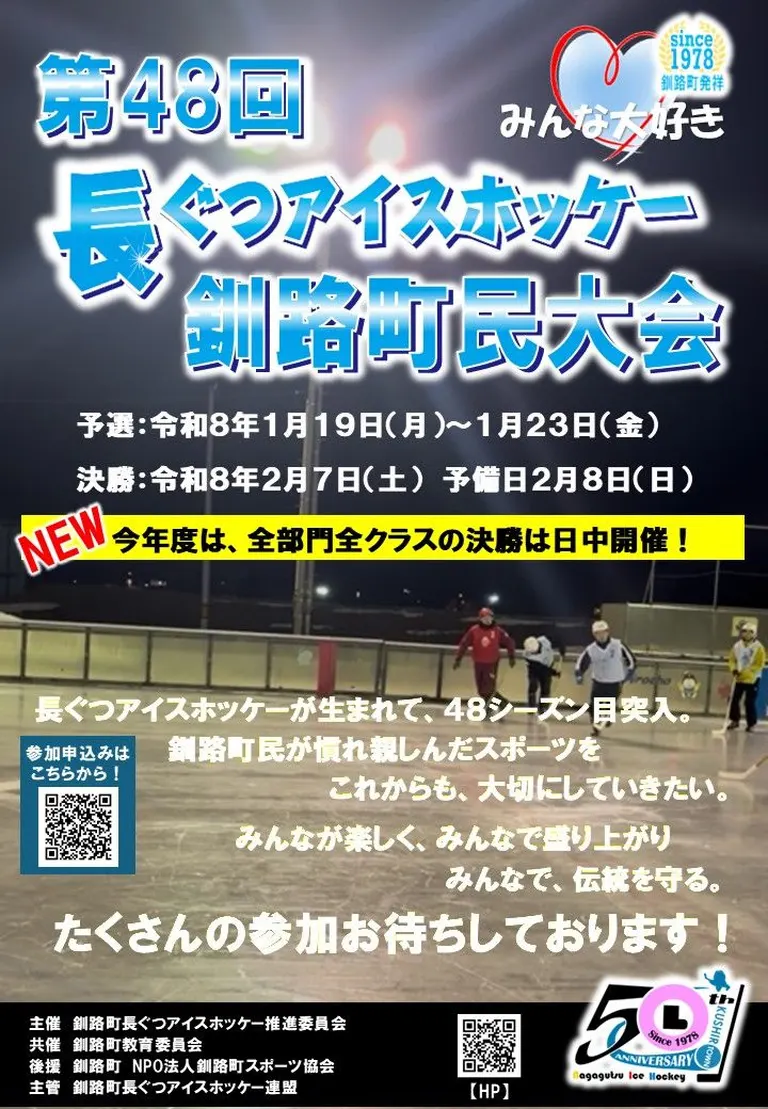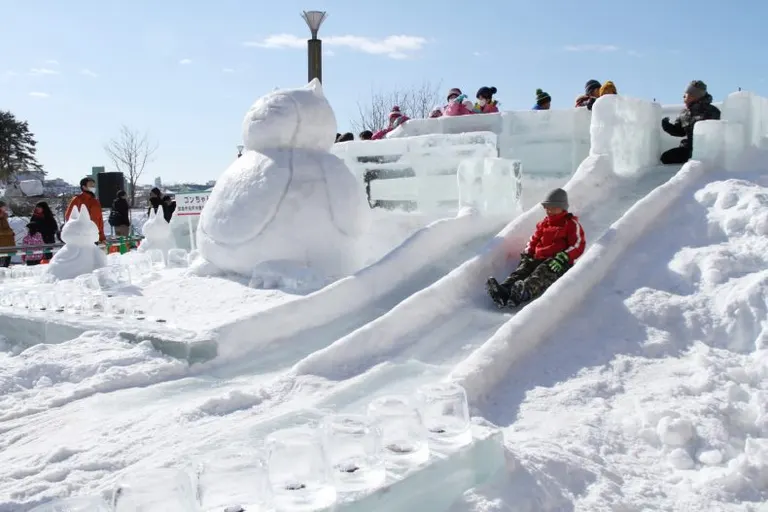SPOT
Kokutaiji Temple
Kokutai-ji Temple, the oldest temple in eastern Hokkaido, was built as if it were embraced by Cape Barasan. The reason why Kokutai-ji Temple has been famous as a cherry blossom viewing spot since ancient times may be because Cape Barasan protected the temple from the fierce winds and waves of the North Sea.
Kokutai-ji Temple is one of the three official temples of Ezo, and its establishment was decided in 1804 at the request of the Hakodate Magistrate, during the late Edo period when crises in the northern border were being called out due to Russia's southward expansion and the negative effects of the basho contractor system.
Most of the existing buildings have been renovated in later generations, but the grounds retain their Edo period appearance, and as an important temple that played a unique historical role in Ezo, 130,000 square meters of the temple grounds, including Aikkan at the rear, have been designated a national historic site.
The grounds of Kokutaiji Temple are one of the most famous cherry blossom spots in Hokkaido, but among them, an old cherry tree is in bloom with particularly deep-colored flowers. It is said to be over 180 years old and was transplanted from Ishinomaki, Oshu (Ishinomaki City, Miyagi Prefecture) by Akkeshi place contractor Yamada Bun'emon when the main hall and kitchen were restored in 1830 during the reign of Bundo Genso, the fifth head priest of Kokutaiji Temple. This cherry tree, called Ooyamazakura in Japanese, is about 10m tall, has a trunk circumference of about 3m, and has long branches that spread out in all directions.
Location
Wangetsu 1-chome, Akkeshi-cho, Akkeshi-gun
Access
Immediately after getting off the bus at "Kokutaiji-mae"
*Information listed is current as of March 2025.
*The information posted may be subject to change, so please check the official website for details.



